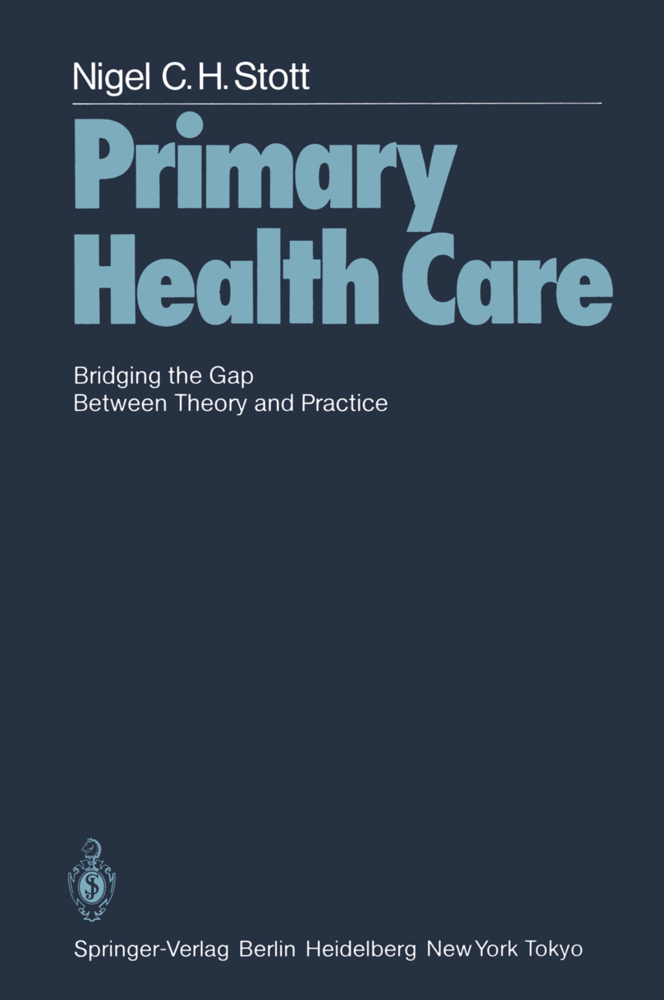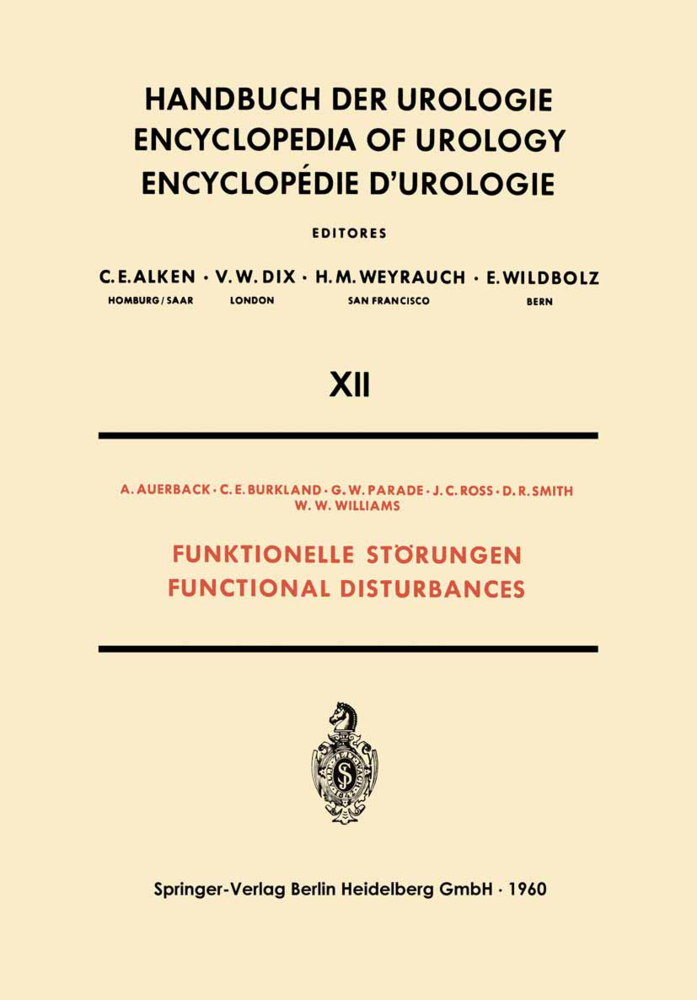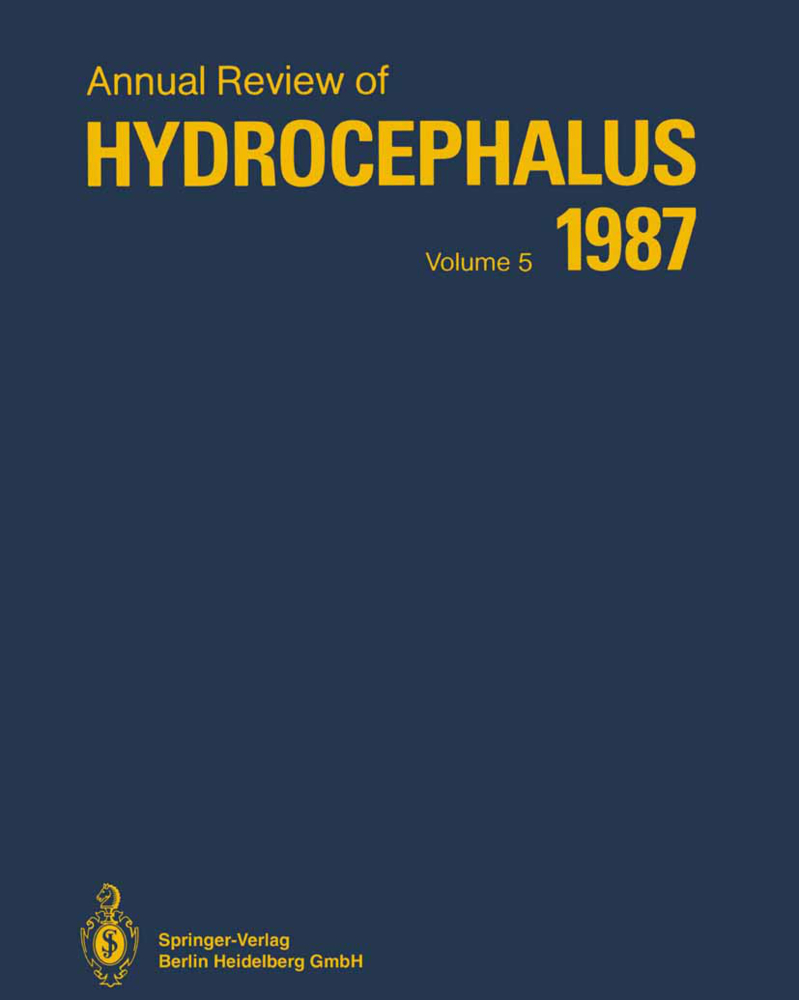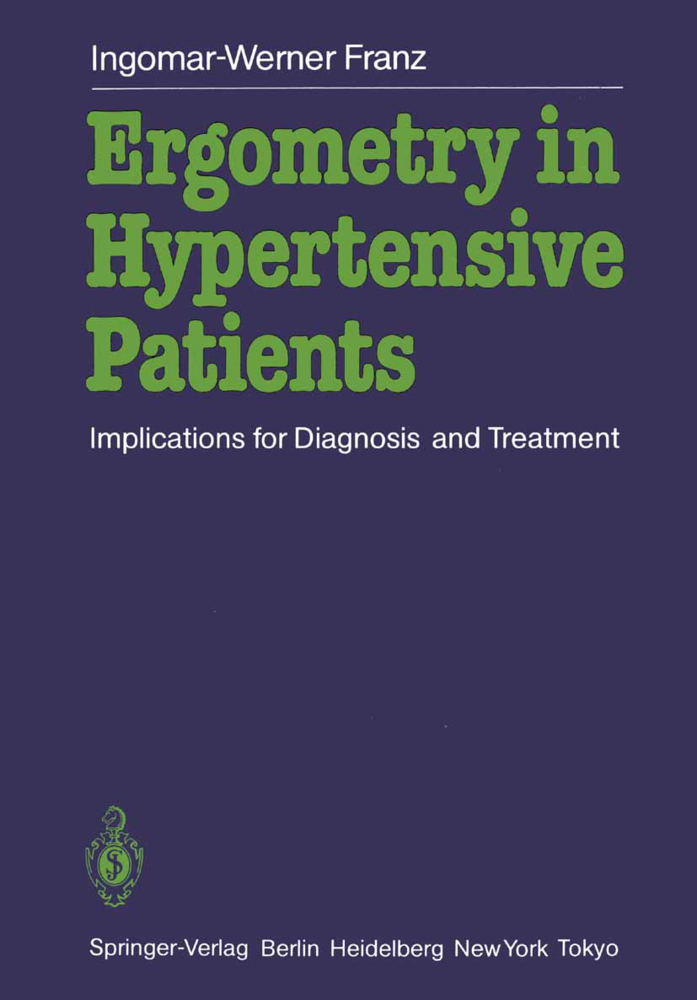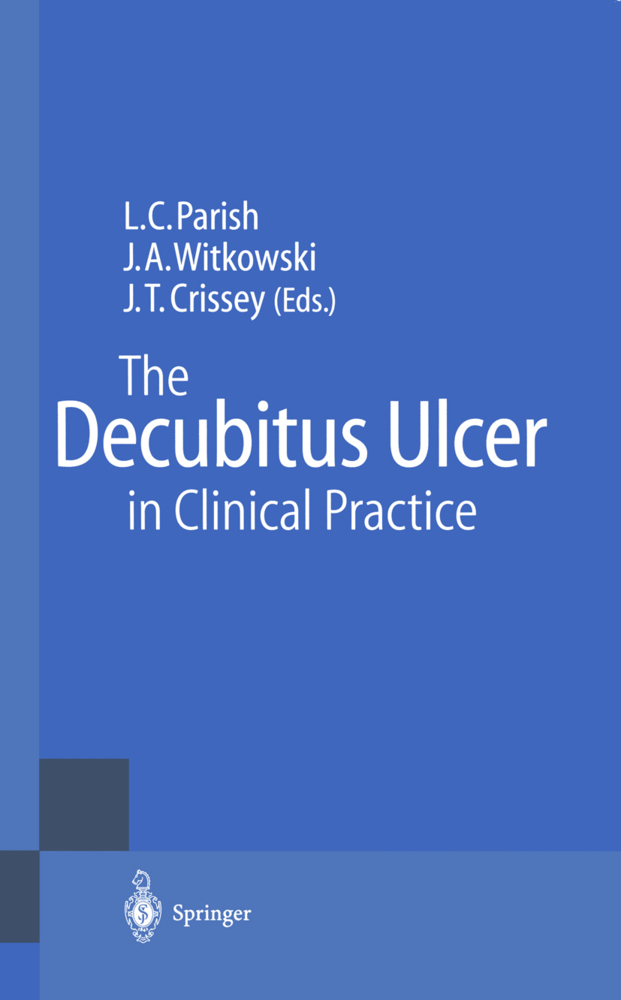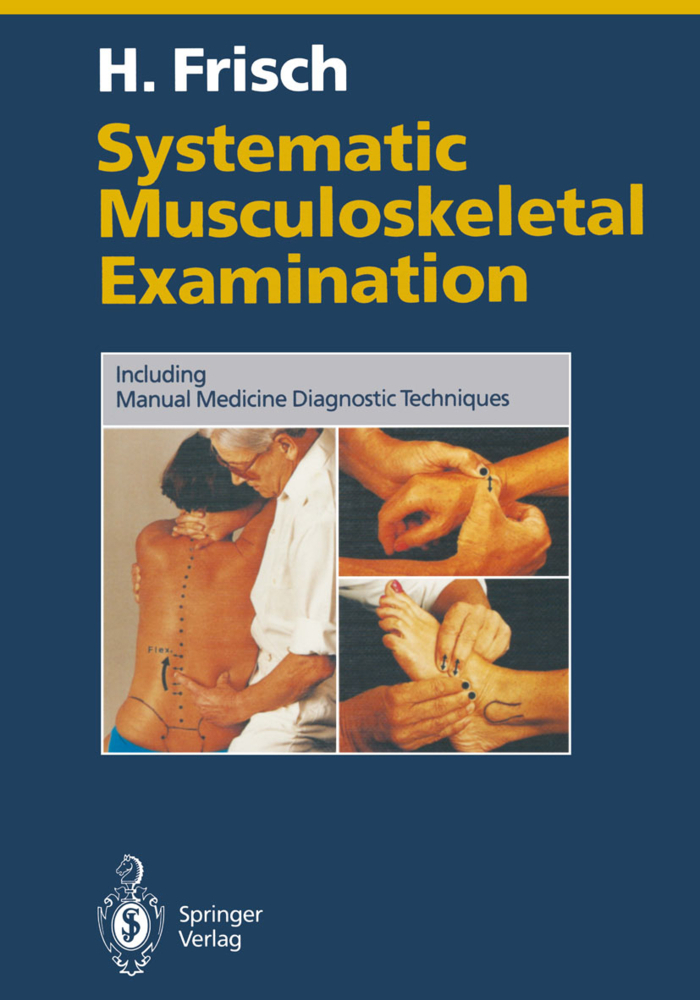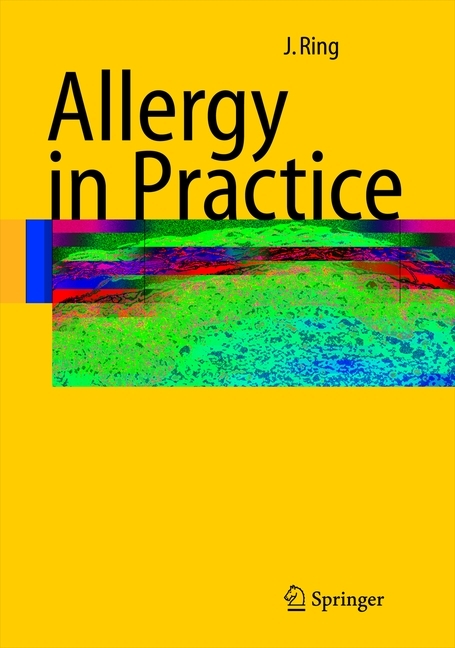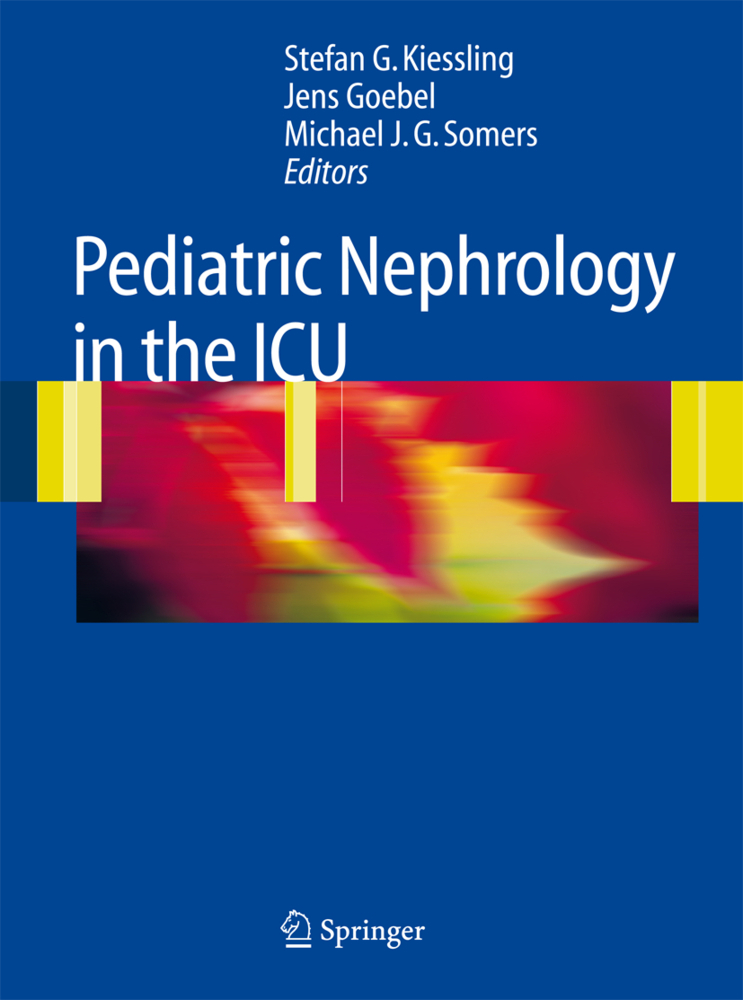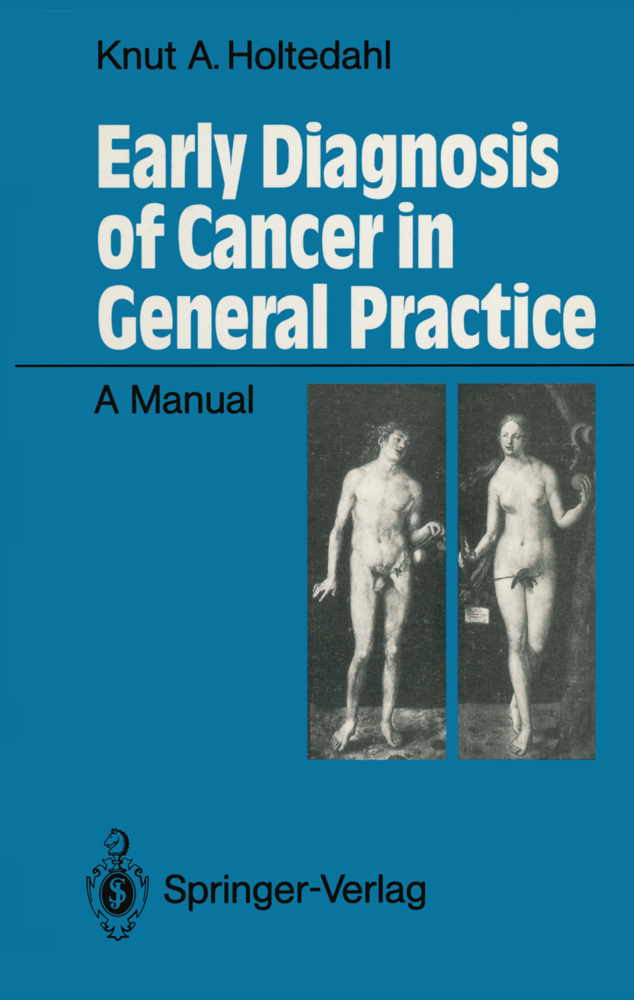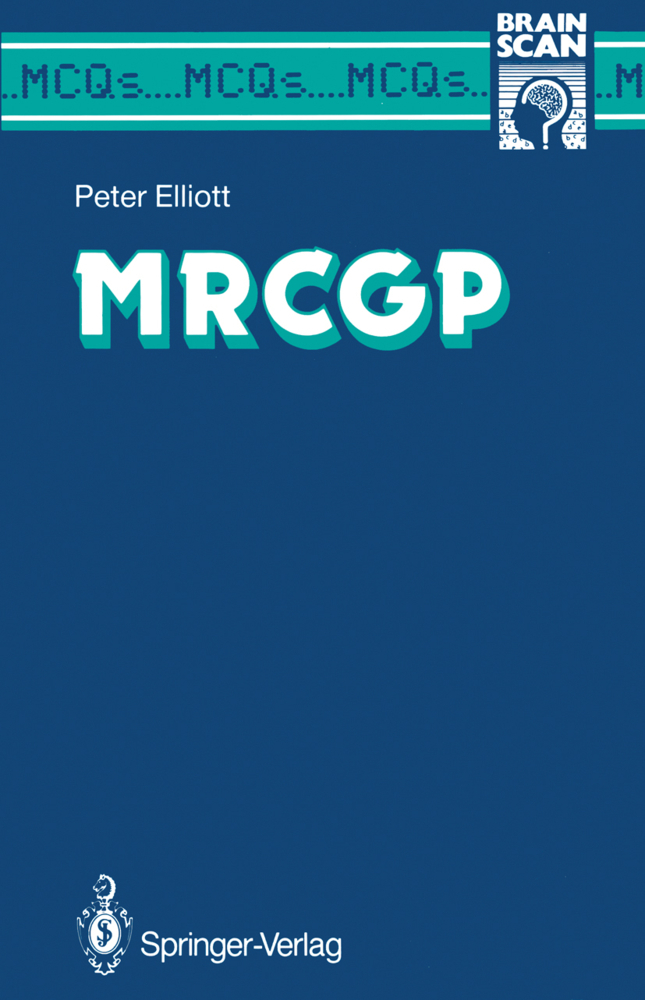Primary Health Care
Bridging the Gap Between Theory and Practice
Primary Health Care
Bridging the Gap Between Theory and Practice
This book is about four ways of using the consultation in primary health care. One ofthem is very familiar, the other three a little less so. But they should all be as much a part of the repertoire of doctor or nurse as examining some system of the body or relieving pain and discomfort. If each is not used when appropriate, the full potential of the consultation is not achieved. This is the practical message of the book. Simultaneously it is concerned with the more theoretical problems of clarifying the role of the generalist in contemporary medicine and of relating it to the wider world of people's day-to-day lives and decisions and to their interest in seeking health for their children and themselves. Is primary care too broad and general to be manageable? Is it a pot-pourri derived from other disciplines or is it distinct? If distinct, exactly how does it differ and can its principles be stated in a clear and practical way? How can it respond effectively to people's wants and needs? The same four uses of the consultation, presented in a diagram which can be easily remembered, serve as a simple map for outlining the role of the doctor or nurse in primary care. The details of the map are filled in with clinical anecdotes and copious reference to studies from all over the world.
2. Extending the Consultation Goals
The Surface Anatomy of Primary Health Care
3. From Episodic to Continuing Care
Continuing Care as Part of the Discipline of PHC
Familiarity and Familiarity Blindness
Methods Which Can Facilitate Continuing Care (Area C)
Conclusions
4. Help Seeking: How, Where, Why, Wither?
The Meaning of Health and Illness
What Is the Practical Importance of Having an Understanding of Help Seeking?
Help Seeking and its Modification: Concluding Examples
5. Primary Opportunistic and Anticipatory Health Care
Three Sources of Innovation
The Antecedents of Health Behaviours
Levels of Opportunistic Anticipatory Care
Skills and Practices in Opportunistic Anticipatory Care
Priorities for Anticipatory Care
Presymptomatic Diagnosis
Conclusions
6. The Refuge: Ethics, Practices and Problems
Five Themes and an Ethical Dilemma
The Burning Question
The International Discipline of Primary Health Care
Appendix I Declaration of Alma-Ata
Appendix II Hand-out for Clinical Tutors in Primary Health Care.
1. Meeting the Patient: Ideals and Realities
Reasons for Consulting Patterns2. Extending the Consultation Goals
The Surface Anatomy of Primary Health Care
3. From Episodic to Continuing Care
Continuing Care as Part of the Discipline of PHC
Familiarity and Familiarity Blindness
Methods Which Can Facilitate Continuing Care (Area C)
Conclusions
4. Help Seeking: How, Where, Why, Wither?
The Meaning of Health and Illness
What Is the Practical Importance of Having an Understanding of Help Seeking?
Help Seeking and its Modification: Concluding Examples
5. Primary Opportunistic and Anticipatory Health Care
Three Sources of Innovation
The Antecedents of Health Behaviours
Levels of Opportunistic Anticipatory Care
Skills and Practices in Opportunistic Anticipatory Care
Priorities for Anticipatory Care
Presymptomatic Diagnosis
Conclusions
6. The Refuge: Ethics, Practices and Problems
Five Themes and an Ethical Dilemma
The Burning Question
The International Discipline of Primary Health Care
Appendix I Declaration of Alma-Ata
Appendix II Hand-out for Clinical Tutors in Primary Health Care.
| ISBN | 978-3-540-12621-8 |
|---|---|
| Artikelnummer | 9783540126218 |
| Medientyp | Buch |
| Auflage | 1st Edition. |
| Copyrightjahr | 1983 |
| Verlag | Springer, Berlin |
| Umfang | XIV, 114 Seiten |
| Abbildungen | XIV, 114 p. 3 illus. |
| Sprache | Englisch |

